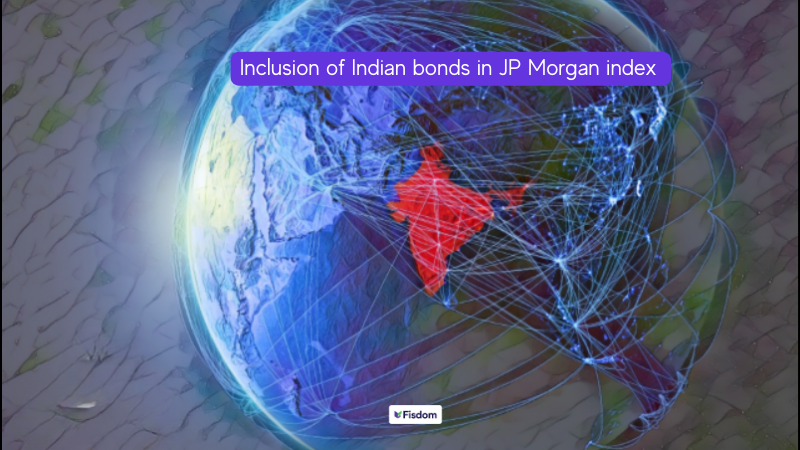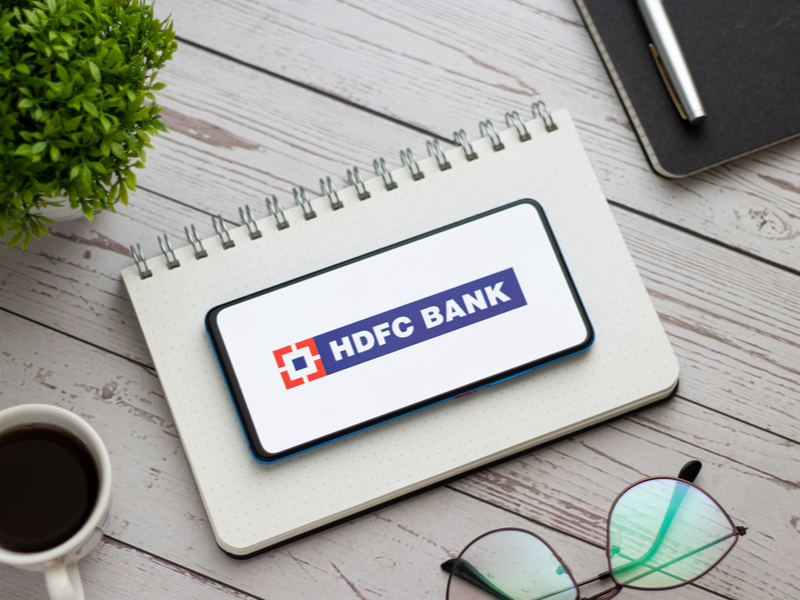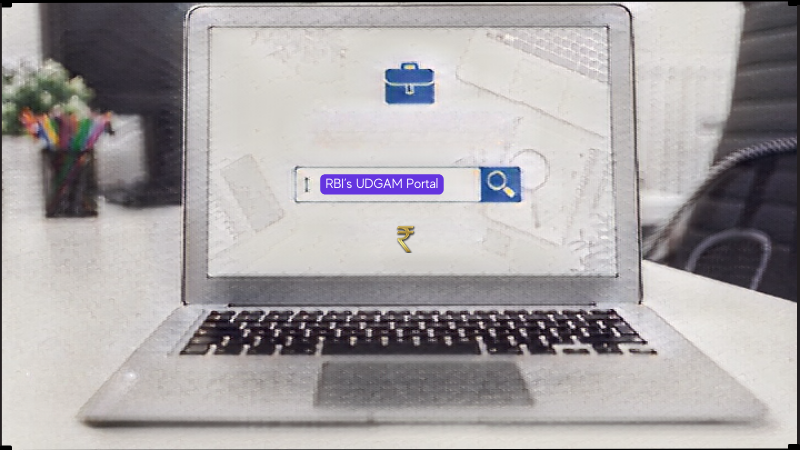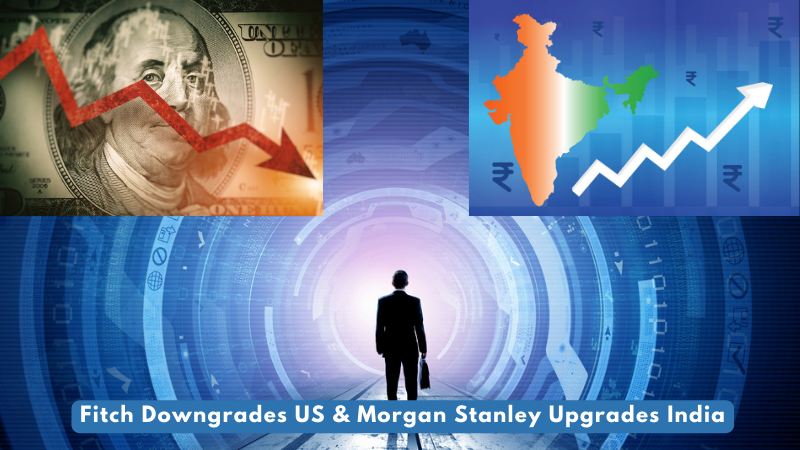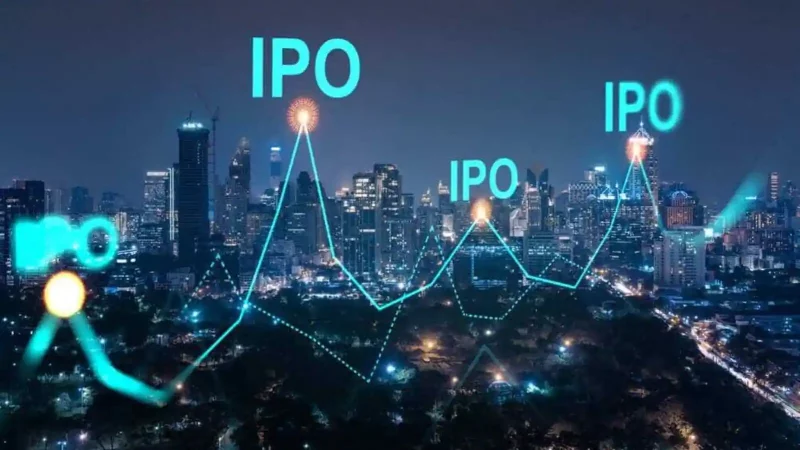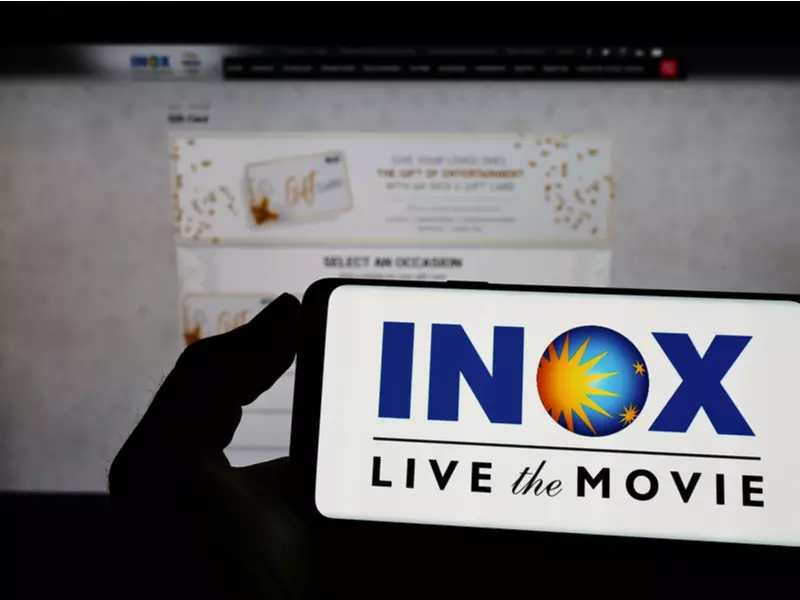
Two of India’s multiplex chain giants, PVR and INOX Leisure, announced their intent to merge the two companies in a major move that will probably give rise to a cinema exhibition giant in the country. Each of the companies approved an all-stock merger, which is subject to the approval of their stock exchanges, market regulator SEBI, and other key stakeholders. If approved, INOX will be merged with PVR such that the former’s shareholders will get shares of PVR against shares held in INOX.
Being the latest talk of the town, here are some of the important points that investors should note about this merger.
INOX-PVR deal value
While the two companies have not yet announced the details of the transaction, post the merger, PVR promoters will likely retain a 10.62% stake and INOX promoters a 16.66% stake in the merged entity. At present, the PVR promoter shareholding is 17% while INOX is 43.6%. INOX shareholders will get 3 shares of PVR against every 10 INOX shares held.
Synergies of entities
Pandemic-led cinema closures and the increasing popularity of different streaming platforms have triggered the need for consolidation in this sector. As cinema chains continue to face challenges while investing in new properties but are far easier to tie up with rivals, the INOX-PVR merger is being hailed by analysts as the need of the hour to mitigate cash crunch issues. Here are some of the synergies that are expected out of this merger:
- Geographical benefit – PVR has a strong presence in north and south India. INOX is heavily present in east and west India. Post the merger, this geographical presence will allow the entities to expand faster and fetch profit from across regions.
- Network – PVR has 871 screens that operate through its 181 properties across 73 cities. INOX has 675 screens operational through its 160 properties across 72 cities. The merger will result in a net of 1,546 screens operating through 341 properties across 109 cities. With such a large scale, the entities can have significant bargaining power and dominate the ecosystem.
- Increased revenue – INOX’s non-ticketing revenue stands at 42% versus PVR’s 48%. The merger will allow INOX to leverage a better scale.
- Uptick from rebranding – The combined entity is expected to be named PVR INOX Ltd. However, the merged entity will not rebrand existing screens, as these will continue to function under the PVR and INOX banners. The company will open new cinemas post the merger and brand them as PVR INOX.
The combined company’s closest rival will likely be Cinepolis India, which operates nearly 380 screens. INOX-PVR will therefore be four times larger than its closed rival.
Does the merger favour INOX investors over PVR investors?
The share swap ratio in the INOX-PVR merger is said to be about 12% in favour of INOX investors. This is mainly attributed to INOX’s zero net debt position as against PVR’s total debt which stands at Rs. 857 crores.
This advantage to INOX investors is also reflected through the 20% rise in share prices of INOX against a 10% rise in PVR share prices.
Tough business environment
It is important for investors to know the reason behind the merger. In FY21, INOX incurred a loss of Rs. 337 crores versus revenue of Rs. 106 crores. PVR incurred Rs. 723 crores in losses against revenue of Rs. 225 crores. While the financial situation of both has improved in FY22 but they continue to see losses. Therefore, one of the reasons behind this merger is the improvement of financial condition.
Multiplex business is very tough to survive in India as it requires high capex and fixed opex. Despite a fast-growing market, multiplexes in India struggle to attain free cash flows. Most industry experts believe that this business can attain breakeven at best. Many of the multiplexes in the country have been losing out business to international OTT that release new content frequently. Therefore, the PVR and INOX merger will act as a defensive mechanism to attain cost efficiencies in the business.
Challenges faced by competition
Since the INOX PVR merger will effectively result in the multiplex industry being a two-player market in the country, CCI or the Competition Commission of India may highlight anti-competitive concerns. There are chances that the CCI may ask the merged entity to dispose of some assets to encourage fair competition.
Once merged, the INOX-PVR entity will enjoy a higher bargaining power in rentals, content cost, marketing expenses, sourcing of food and beverage, etc. As it will likely have somewhat of a monopoly in the market, it may raise ticket prices when consumers do not have any other choice.
Management of the combined entity
INOX-PVR merged entity will be led by current PVR chief Ajay Bijli as the firm’s Managing Director. Sanjeev Kumar is likely to be the firm’s Executive Director. Pavan Kumar Jain, who is the Group Chairman of INOX will be the Non-Executive Chairman of the new entity’s board. Siddharth Jain is likely to get the Non-Executive Non-Independent Director position in the merged company.
Conclusion
A steep rise in share prices of INOX Leisure and PVR after the merger announcement has acted as a go-ahead signal from the respective company’s investors. Investors are positive about the merger deal as it will likely boost free cash flow and bargaining power apart from ensuring long-term cost synergies.
FAQs
The INOX-PVR merger has not yet been fully approved by all stakeholders. It is awaiting clearance from SEBI, CCI, and other regulators, apart from shareholder approval.
INOX and PVR have been incurring losses since 2020 due to Covid-led lockdown impact and the industry itself being capital intensive. While the finances of both have subsequently improved this year, both continue to report losses.
Yes, both INOX and PVR are public limited companies listed on stock exchanges in India.
INOX-PVR merger is likely to benefit the companies as they will have an industry stronghold in the long run. Therefore, investors may profit from this merger in the long run.
PVR is bigger than INOX in terms of the screen presence across various cities in India.














